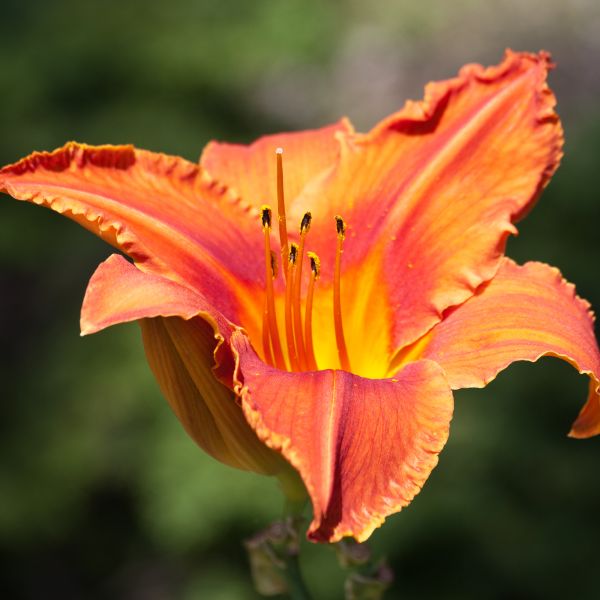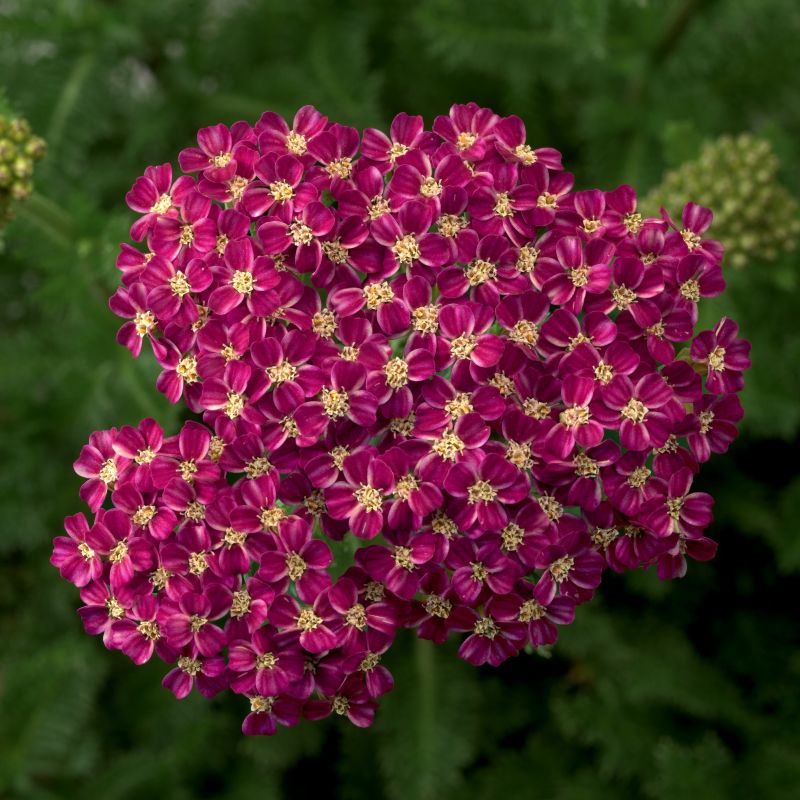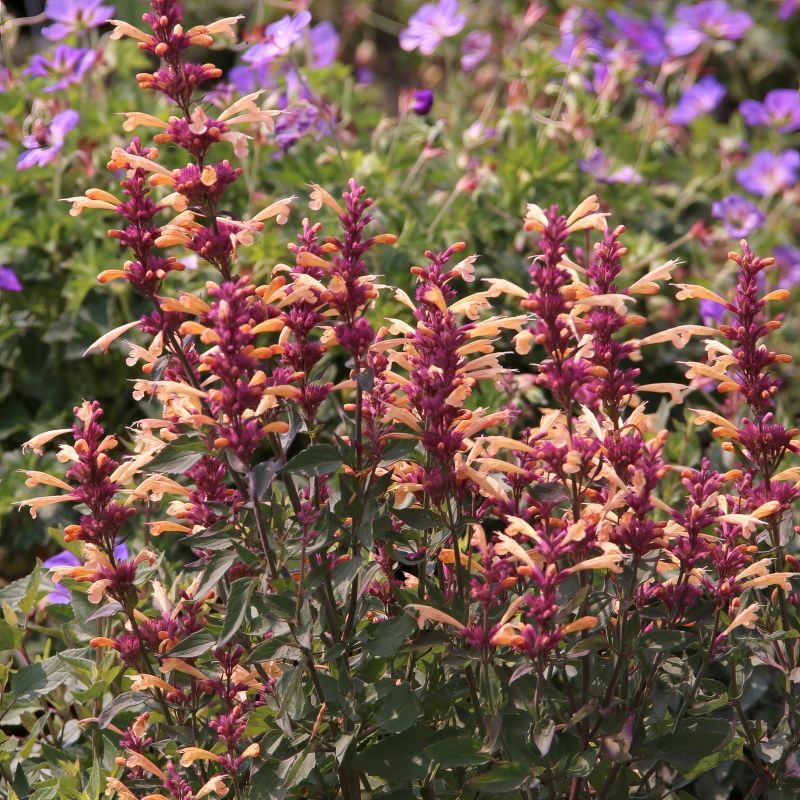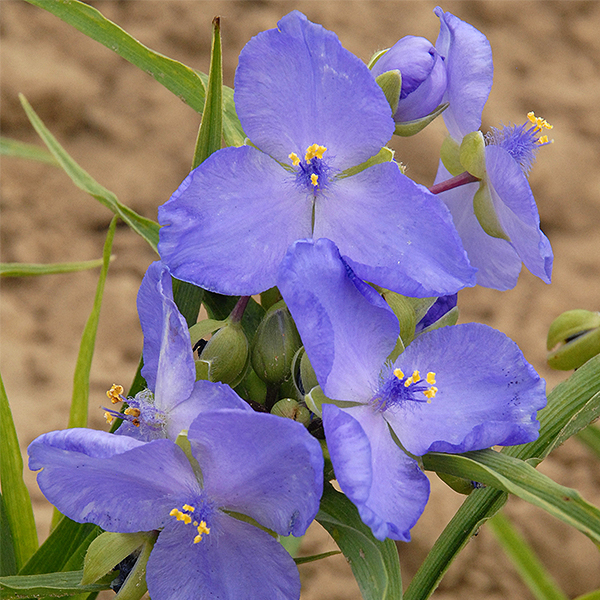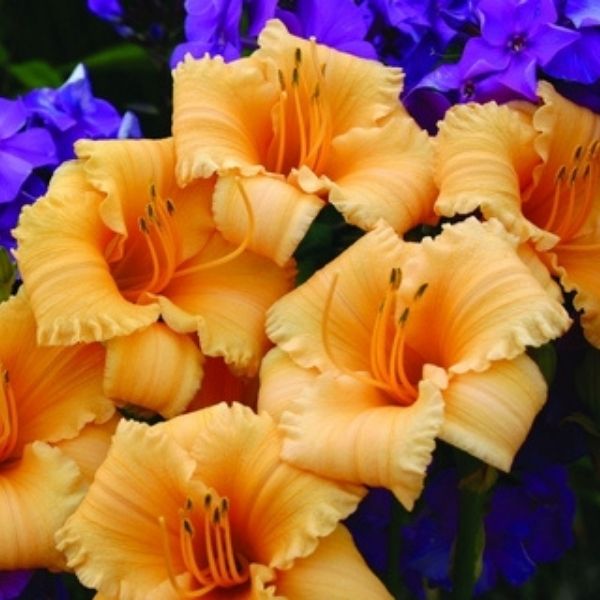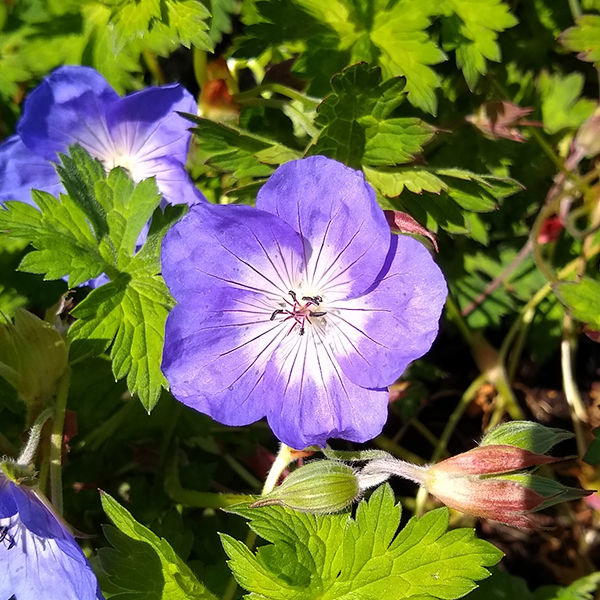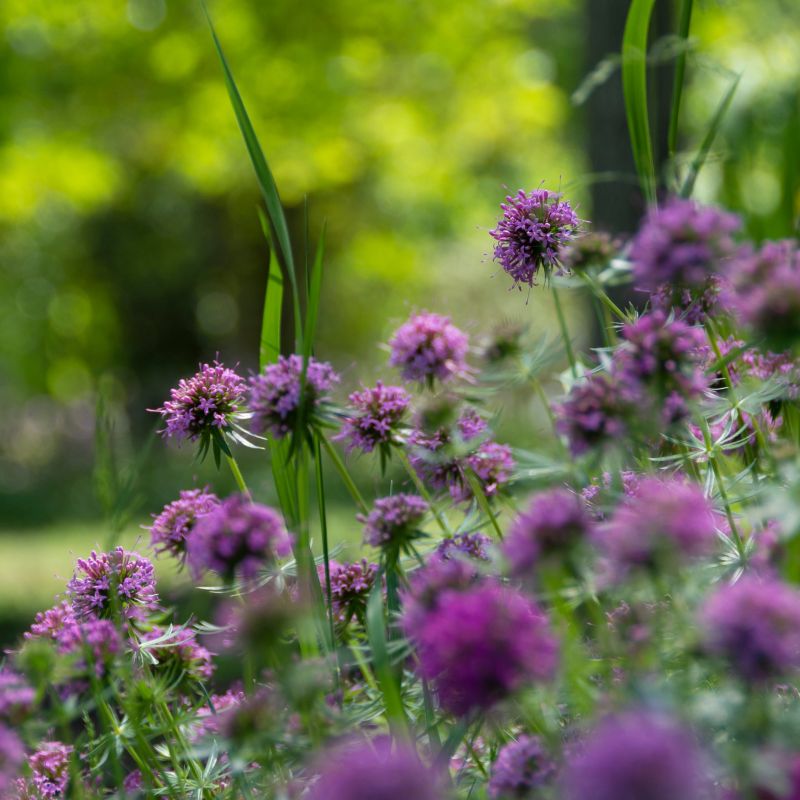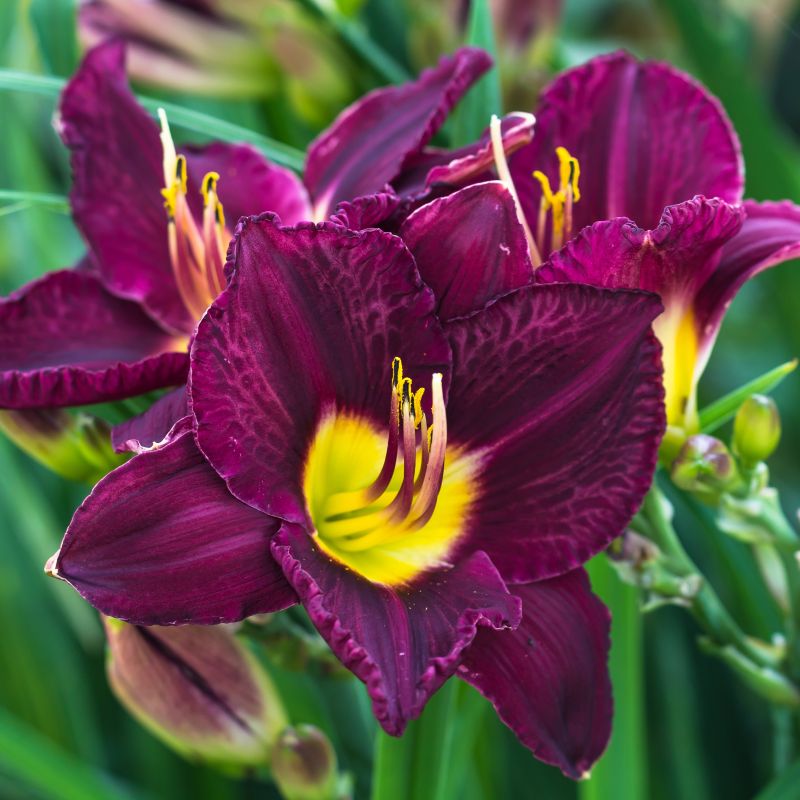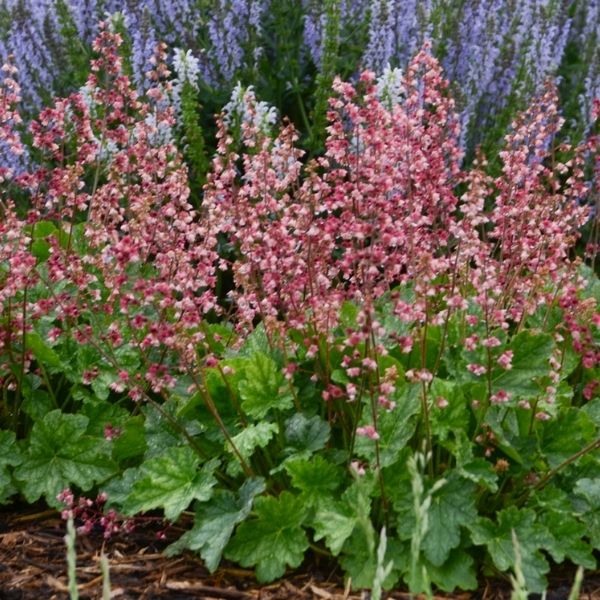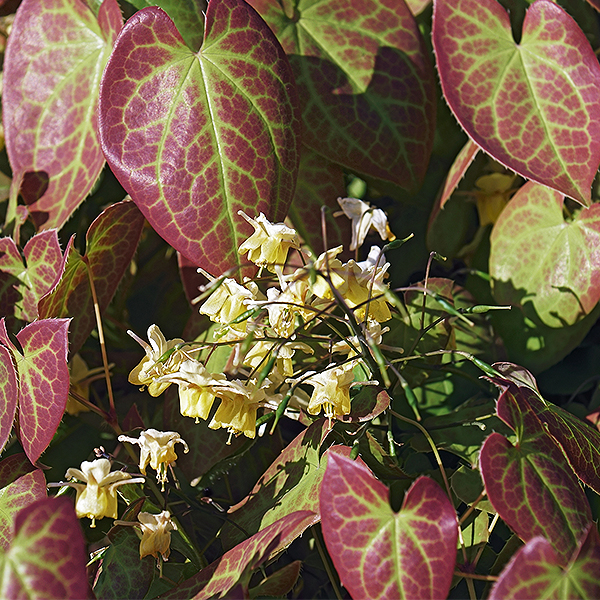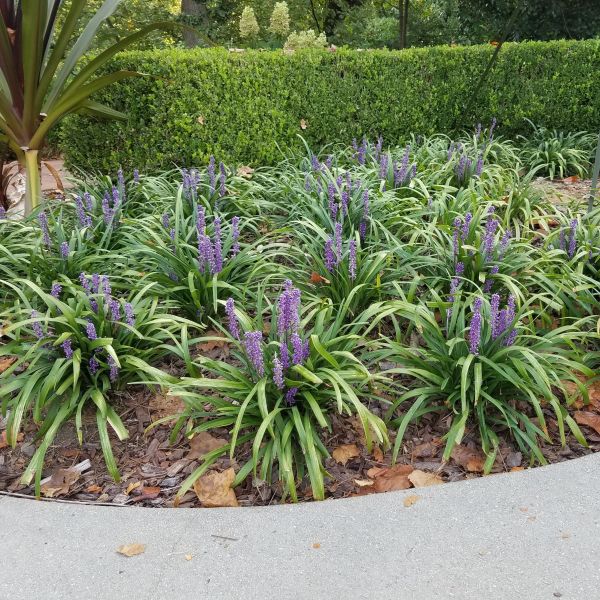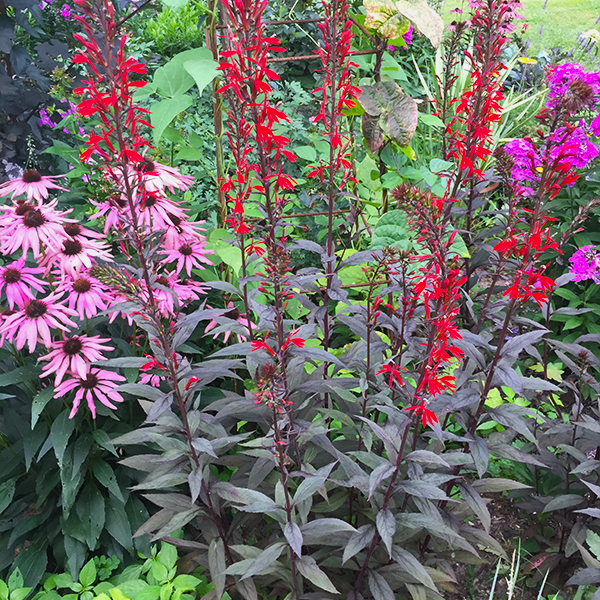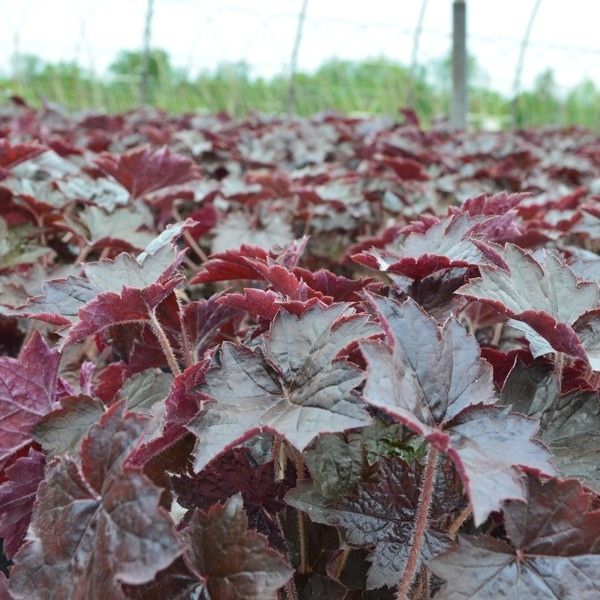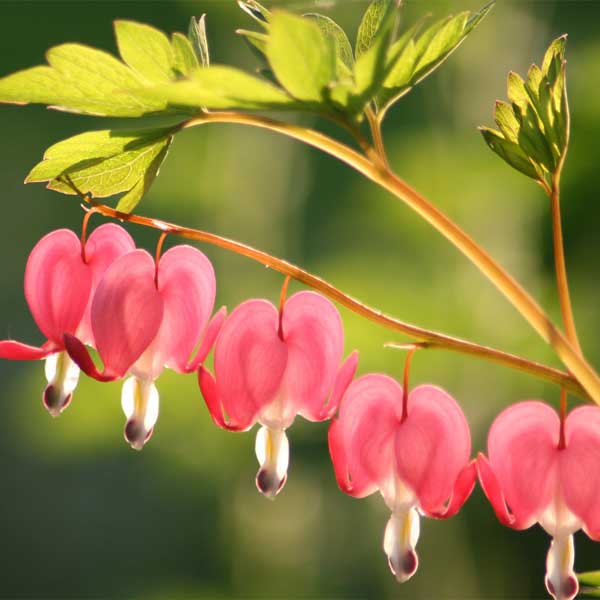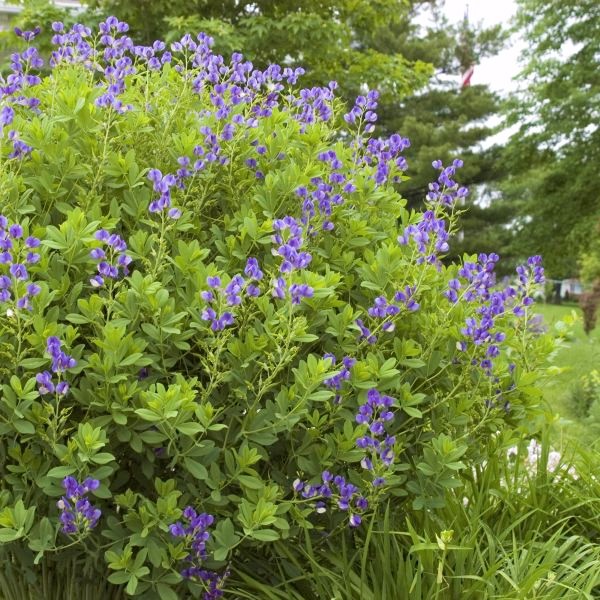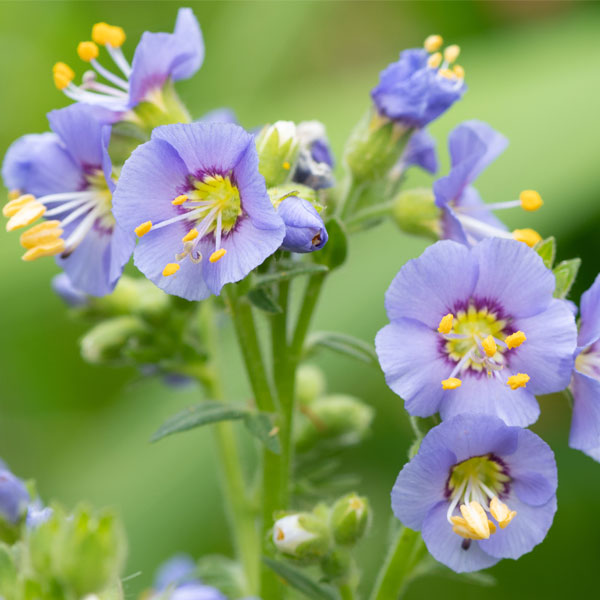
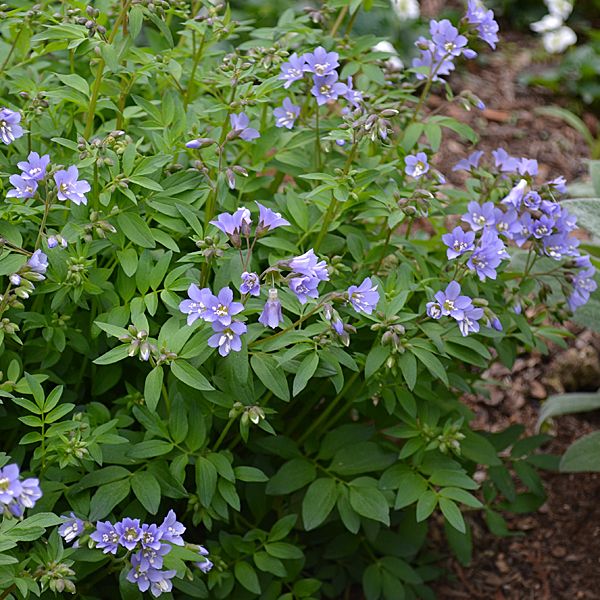
Jacob's Ladder
Polemonium reptans
15 reviews
Jacob's Ladder
Polemonium reptans
15 reviews
- Engaging storyline that keeps viewers guessing until the very end
- Expertly crafted psychological horror that will leave a lasting impact
- Impressive performances from the cast, including Tim Robbins and Elizabeth Peña
- Recommended by landscape designers for optimal fit in real yards
$45.00
$65.00
30% Off
- Ships to 43215 in 3 to 7 days
- Free Shipping Over $150
- Plant Arrival Guarantee
- In Stock
- Free Plant Consult
$200 - Landscape-Approved: Every Plant We Sell Comes With Design Expertise Behind It
1 Gallon
Not just beautiful - intentionally selected by ShrubHub's 3D landscape design team to fit real-world spaces and maximize yard potential.
Why Jacob's Ladder?
Jacob's Ladder (Polemonium reptans) is a perennial plant native to North America. It is named after its leaves that resemble the rungs of a ladder and its biblical reference to Jacob's dream. It grows up to 2 feet tall and produces clusters of blue or white flowers during the summer. It is commonly used in gardens as a border plant or ground cover due to its attractive foliage and colorful blooms. It is also known for its medicinal properties, being used traditionally to treat respiratory illnesses and feve
People who loved this plant also bought
Sunlight
Jacob's Ladder (Polemonium caeruleum) prefers partial to full shade conditions and can tolerate some direct sunlight in cooler climates. However, it generally thrives in areas with bright, indirect light or dappled shade throughout the day.
Watering
Jacob's Ladder prefers consistently moist soil and regular watering. It does not tolerate drought well, so it is important to keep the soil evenly moist. However, it is also important to avoid over-watering, as excessive moisture can lead to root rot.
Fertilizing
Jacob's Ladder (Polemonium caeruleum) requires a well-drained soil and benefits from a balanced fertilizer with a ratio of 10-10-10 or 14-14-14. Fertilize in early spring before new growth emerges and follow package instructions for application rates.
Climb the Ladder to Garden Perfection with Jacob's Ladder
Are you searching for a plant that will make your garden stand out and leave a lasting impression on all who behold it? Look no further than Jacob's Ladder, also known as Jacob Singer, a magnificent perennial that will elevate your outdoor space with its unique charm and captivating beauty.
With its intricate clusters of blue-purple or pink-white flowers and delicate, fern-like foliage, Jacob's Ladder is a visual delight. Imagine the magic of having these stunning blooms adorn your garden, attracting the attention of passersby and creating a sense of wonder and awe.
But Jacob's Ladder is more than just a feast for the eyes - it also provides a range of benefits that make it an essential addition to any garden. One of its standout features is its versatility, thriving in both full sun and partial shade, and tolerating a range of soil conditions. This adaptability makes it a reliable choice for gardeners seeking a plant that will thrive with minimal care and attention.
In addition to its adaptability, Jacob's Ladder is a long-blooming perennial. Its flowers, which resemble miniature bells, appear in late spring to early summer, gracing your garden with their beauty for weeks on end. Its compact growth habit also means that it can be used as a groundcover or planted in containers, providing endless possibilities for incorporating it into your garden design.
Moreover, Jacob's Ladder has a rich history and folklore associated with it, adding to its magical and unique charm. According to legend, the name Jacob's Ladder comes from the biblical ladder that reached up to heaven, and it was believed that the plant had healing and protective properties.
Envision your garden adorned with the captivating beauty and unique charm of Jacob's Ladder, its intricate clusters of bell-shaped flowers and delicate foliage creating a mesmerizing spectacle of color and texture. It creates a sense of enchantment and wonder, connecting you to the fascinating history and mythology of this magnificent perennial.
Climb the ladder to garden perfection with Jacob's Ladder. Order now and experience the magnificent beauty and unique charm of this spectacular perennial!
Plant Information:
| Botanical Name: | Polemonium reptans |
| USDA Zones: | 3 - 8 |
| Water: | Medium |
| Exposure: | Full Sun |
| Soil Needs: | Well Drained |
| Mature Height: | 12 - 18 inches |
| Mature Spread: | 12 - 18 inches |






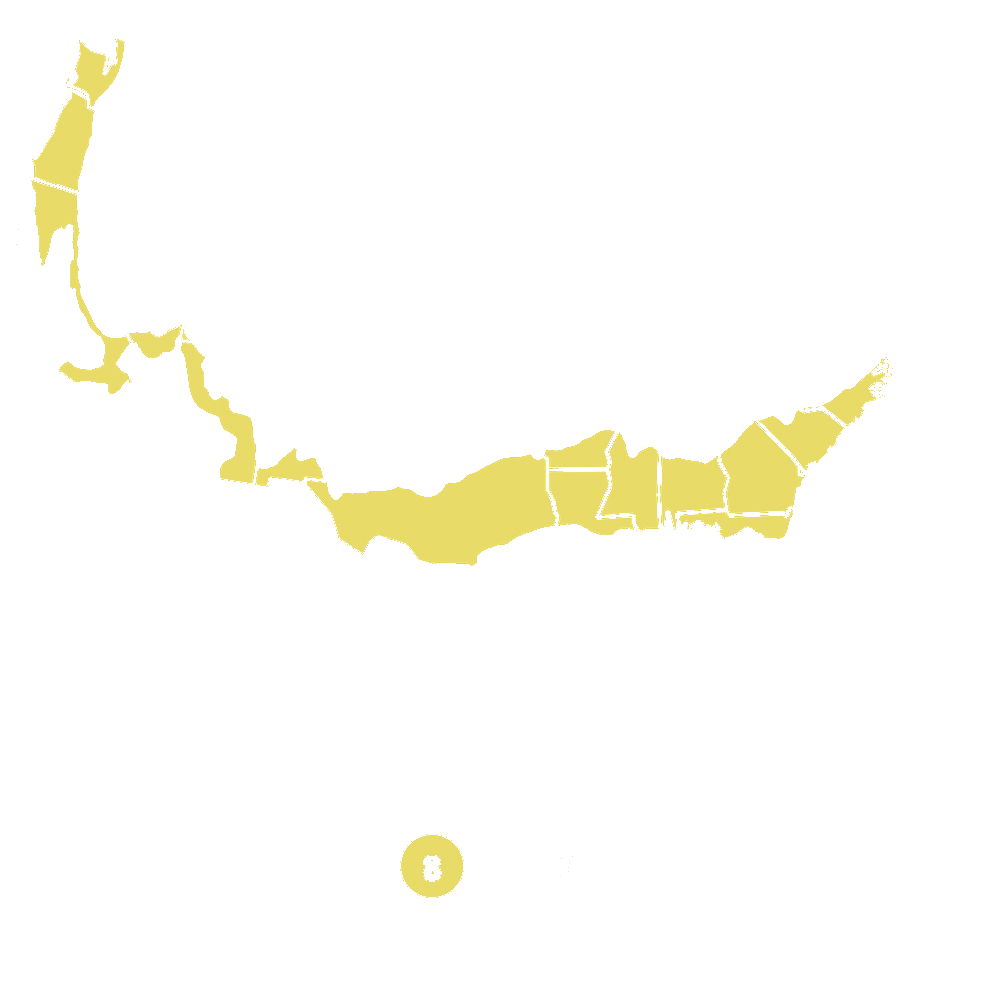
Pollination Info
Pollination Info for Jacob's Ladder (Polemonium reptans)
Jacob's Ladder (Polemonium reptans) is pollinated by bees, butterflies, and moths. The flowers have both male and female parts, making them self-fertile. However, cross-pollination is more common and leads to greater genetic diversity in the plant population.
Bees are the most common pollinators for Jacob's Ladder. They are attracted to the blue or purple flowers and collect nectar and pollen. As they move from flower to flower, they transfer pollen from the male parts (anthers) to the female parts (stigma) of the flowers.
Butterflies and moths also visit Jacob's Ladder flowers for nectar. They are less efficient pollinators than bees, as they do not deliberately collect pollen, and may visit fewer flowers during each visit.
Pollination is essential for seed production in Jacob's Ladder. Without pollination, the flowers will not develop into seed pods, and the plant will not be able to reproduce.
FAQ
Jacob's Ladder (Polemonium reptans) FAQ
What is Jacob's Ladder?
Jacob's Ladder (Polemonium reptans) is a perennial wildflower native to North America. It gets its name from the arrangement of its leaflets, which resemble the rungs of a ladder.
What are the growing conditions for Jacob's Ladder?
Jacob's Ladder prefers moist, well-drained soil and partial shade. It can also tolerate full sun if the soil is consistently moist. It is hardy in USDA zones 3-8.
How do I plant Jacob's Ladder?
Seeds can be sown directly in the garden in the spring or fall. Alternatively, you can start seeds indoors 6-8 weeks before your last expected frost date. Transplants can also be planted in the garden in spring or fall.
How do I care for Jacob's Ladder?
Jacob's Ladder requires consistently moist soil. Mulching around the plant can help keep moisture levels consistent. It is also important to deadhead spent flowers to encourage more blooms. Division can be done in the spring or fall if the plant becomes too crowded.
What pests and diseases affect Jacob's Ladder?
There are no major pests or diseases that affect Jacob's Ladder.
What are some companion plants for Jacob's Ladder?
Jacob's Ladder pairs well with other shade-loving perennials such as hostas, ferns, and bleeding hearts. It also works well in woodland gardens.
Can Jacob's Ladder be grown in containers?
Yes, Jacob's Ladder can be grown in containers as long as the soil is well-drained and consistently moist. It is important to choose a container that is large enough to accommodate the plant's root system.
When does Jacob's Ladder bloom?
Jacob's Ladder blooms in late spring to early summer, producing clusters of blue or violet flowers.
Is Jacob's Ladder deer resistant?
Yes, Jacob's Ladder is deer resistant.
Planting & Care
Planting Jacob's Ladder
- Find a location with well-draining soil and partial shade.
- Plant in the spring or fall.
- Dig a hole twice as wide as the root ball and just as deep.
- Place the plant in the hole and gently pat soil around it.
- Water thoroughly.
Caring for Jacob's Ladder
- Water regularly, keeping soil moist but not waterlogged.
- Fertilize once a month with a balanced fertilizer during the growing season.
- Cut back the foliage after the plant has finished blooming to encourage bushier growth.
- Divide the plant every 3-4 years to prevent overcrowding.
- Watch for slugs and snails, which can damage the foliage.
Check Out These Verified Customer Reviews:
Customer Reviews
4.7 out of 5 based on 15 reviews
Thank you! Your review has been submitted.
Beautiful ladder, well-made
I was pleasantly surprised by the quick shipment of my Jacob's Ladder. The website was easy to navigate and the customer service was helpful and responsive. Item quality was top-notch.
The Jacob's Ladder I received looks as good as new. Very impressed with the item appearance.
Item has been added to your cart.



